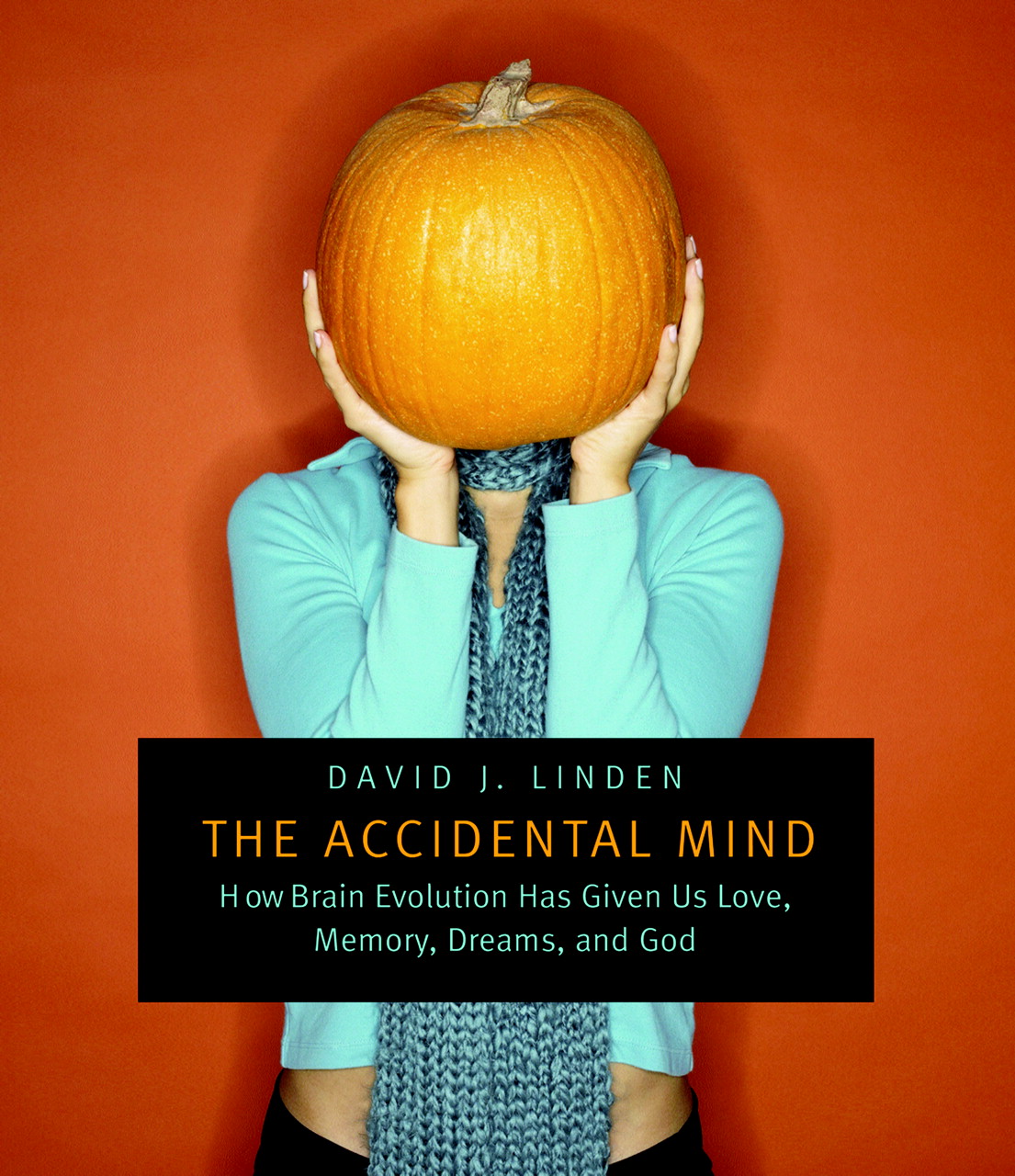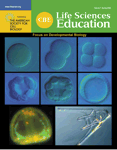Brain Evolution: The Good, the Bad, and the Ugly

The study of the human brain has captivated scientists, medical students, and biology aficionados for most of the twentieth century and continues to do so during the beginning of this century. Many of us studied the human brain in primary school science as a jack-of-all trades structure full of perfection. Well, that notion is about to change upon reading The Accidental Mind, written by David Linden, a prominent professor of neuroscience at Johns Hopkins University School of Medicine. The book serves as a primer in neuroscience for those with little background in biology and then progressively escalates in weaving its main argument: that the human brain and mind are imperfect. Linden is perhaps the most qualified person to make such argument because he writes in an engaging and readable style. For instance, he compares the brain to “an ice cream cone with new scoops piled on at each stage of our lineage” (p. 242).
The Accidental Mind, with a main text of 254 pages, addresses how the brain has evolved in a sloppy manner and is the result of many imperfect components and/or developmental processes. Linden deftly explains difficult concepts and presents a full range of historical anecdotes to spice up his arguments. The author clearly explains difficult experiments for those readers unfamiliar with the experimental techniques needed to understand some of his ideas. The book is composed of nine chapters along with a prologue and an epilogue. In addition there is a list of further readings and resources, divided into resources for a general audience and scientific reports and reviews. This particular feature may prove useful for both students and teachers who may want to pursue a topic in more depth. The prologue gives an overview of how the author became interested in the brain and explains what the reader should expect while reading the book. The nine chapters have suggestive titles such as: “Love and Sex,” “Some Assembly Required,” and “The Religious Impulse,” to name a few. The epilogue deals with some of the topics not covered in the book, which should leave the reader interested in pursuing the topic. It may also be a preview of coming attractions in a future book.
The first chapter, “The Inelegant Design of the Brain”, discusses what he considers a sloppy design of the human brain and tries to disprove previously held assumptions that the brain is well engineered. He spends a considerable amount of time explaining basic brain anatomy and physiology. The following chapters elaborate on what is known and unknown about the brain. Once the basic brain structure and function is covered, Linden then goes into topics such as emotion, sensation, learning, memory, and dreams. He ties in evolutionary significance while discussing some of the topics. In the chapter dealing with sexual selection the author explains some well-known experiments regarding sexual selection and a possible genetic and neurological basis for homosexuality. He points out some of the flaws in the experimental work and concludes that sexual orientation might be the result of socio-cultural determinants as well as a certain degree of biological determinants (p. 183).
Unfortunately, there is not much about evolutionary neuroscience. For instance, he covers a great deal of mammalian brain evolution, calling its design “unintelligent,” but fails to cite recent research evidence to support his argument. Although Linden is very persuasive in his arguments, I was not very convinced about his conclusions regarding the flawed design of our brains. That could be a flawed argument because we are still experiencing an avalanche of research efforts aimed toward deciphering fine details of how the brain works. In addition, there is no connection between his argument of a flawed brain design and why there is so much interest in developing robots that try to imitate the human brain. The human brain must not be so flawed then, I would argue.
The eighth chapter, “The Religious Impulse,” makes a significant departure from previous chapters by discussing various ideas dealing with religion. He concludes that religion and science are compatible except for fundamentalist religion (p. 234). My question to Linden is: How does this chapter fit within the book's main arguments? It did not become more clear after reading this chapter. The last chapter, “The Unintelligent Design of the Brain,” presents a nice synthesis of Linden's main arguments throughout the book. It is there when all main ideas presented in the book are connected in a chart (p. 244) and the notion of acquiring religious ideas is connected to the nonnaturalistic experience of dreaming, which predisposes us to acquire such ideas.
The Accidental Mind proves to be valuable despite its shortcomings. It provides a great foundational reading for those without much background in biology. It also serves as a great source of background information and provocative ideas for undergraduates who want to learn about the design and function of the brain. Even those with a significant background in neuroscience would enjoy the multiple anecdotes about sex, love, and dreams presented in the book. All in all, Linden provides a captivating story for engaging those outside neuroscience by giving them some food for thought and for appreciating one of the most complex (if not fascinating) components of the human body.



